

Articles
How To Jump A Fence
Modified: December 7, 2023
Learn the best techniques for jumping a fence with our comprehensive articles. Master the art of fence jumping and overcome any obstacles in your way.
(Many of the links in this article redirect to a specific reviewed product. Your purchase of these products through affiliate links helps to generate commission for Storables.com, at no extra cost. Learn more)
Introduction
Welcome to the thrilling world of fence jumping! Whether you are a seasoned equestrian looking to improve your jumping skills or an adventurous soul seeking a new outdoor challenge, learning how to jump a fence can be an exhilarating experience. Not only does it require physical strength and agility, but also mental focus and coordination.
In this article, we will provide you with a comprehensive guide on how to jump a fence, from preparation to practice. So, saddle up and get ready to soar over obstacles with style and ease!
Before we dive into the nitty-gritty, it’s essential to emphasize the importance of safety. As with any physical activity, there are inherent risks involved in fence jumping. Always wear appropriate protective gear, such as a helmet and boots, and ensure that you are working under the supervision of a qualified instructor or coach.
Now, let’s begin our fence-jumping journey by discussing the necessary preparations.
Key Takeaways:
- Proper preparation, thorough assessment of the fence, and mastering the jumping technique are crucial for successful and safe fence jumping. Consistent practice builds confidence and improves communication with your horse.
- Safety, patience, and a positive mindset are essential for becoming a skilled and confident jumper. Celebrate milestones, prioritize the well-being of your horse, and enjoy the thrilling journey of jumping fences.
Read more: How To Keep Cats From Jumping Fence
Preparation
Before attempting to jump a fence, it’s crucial to ensure that both you and your horse are adequately prepared. Here are some key steps to take:
- Physical Fitness: Jumping is a physically demanding activity, so it’s essential to ensure that both you and your horse are in good shape. Incorporate regular exercise routines to improve strength, balance, and flexibility. Engage in cardio workouts, such as jogging or cycling, to enhance your stamina.
- Horse Selection: Not all horses are natural jumpers, so it’s vital to choose a horse with the appropriate build and temperament. Consider a horse with a strong back, good hind legs, and a willing attitude. Consult with experienced trainers or instructors who can help you select a suitable mount.
- Proper Tack and Equipment: Ensure that your horse is equipped with the right tack for jumping. This includes a well-fitted saddle, bridle, and protective boots. Regularly check your equipment for any signs of wear and tear, and replace or repair as necessary.
- Warm-Up: Just like any athlete, you and your horse must warm up properly before jumping. Start with light exercises, such as walking and trotting, to loosen up the muscles. Incorporate stretches to improve flexibility and reduce the risk of injury.
- Mental Preparation: Jumping a fence requires mental focus and concentration. Visualize yourself successfully clearing the obstacle and mentally rehearse the techniques you will employ. This mental preparation can help build confidence and improve performance.
- Training and Instruction: Enlist the help of a qualified instructor or trainer who specializes in jumping. They can guide you through proper jumping techniques and provide valuable feedback to help you improve. Take regular lessons and practice consistently to refine your skills.
By taking these preparatory steps, you will set yourself and your horse up for success when it comes to jumping fences. With a solid foundation in place, you can confidently move on to the next stage: checking the fence.
Check the Fence
Before attempting to jump a fence, it is crucial to thoroughly assess the condition and suitability of the obstacle. Here are some important factors to consider:
- Height and Width: Determine the height and width of the fence you intend to jump. Start with a lower, smaller obstacle and gradually increase the difficulty level as both you and your horse become more comfortable and confident.
- Secure Structure: Ensure that the fence is sturdy and in good condition. Inspect the rails, posts, and any supporting structures to ensure there are no loose or damaged elements that could pose a safety hazard.
- Absence of Hazards: Check the area surrounding the fence for any potential hazards. Remove any debris, rocks, or sharp objects that could cause injury to you or your horse upon landing.
- Takeoff and Landing Areas: Assess the terrain both before and after the fence. Ensure that the takeoff zone is free of obstacles and provides a clear and suitable surface for your horse to launch from. Similarly, the landing area should be level, with ample space for a smooth and controlled landing.
- Visibility: Consider the visibility of the fence. If there are any obstacles blocking the line of sight to the obstacle, address them accordingly. It is important for both you and your horse to have a clear view of the fence to assess it correctly and make the necessary adjustments during the jump.
- Alternative Options: In some cases, the fence may appear too challenging or unsuitable for your current level of training. It is essential to acknowledge and respect your limits. There may be alternative options available, such as lower fences or different training exercises, to help you progress gradually.
By carefully checking the fence and ensuring that it meets the necessary safety and suitability criteria, you can minimize the risk of accidents and create a conducive environment for successful jumps. Once you have determined that the fence is suitable, it’s time to assess the jump itself.
Assess the Jump
When approaching a fence, it is crucial to assess the jump and gather important information that will guide your approach and technique. Here are some factors to consider when assessing the jump:
- Height and Width: Determine the height and width of the fence. This will give you an idea of the level of difficulty and the amount of power and effort required from your horse to clear it successfully.
- Type of Jump: Different types of jumps require different approaches and techniques. Is the fence a vertical jump (a single obstacle) or an oxer (a horizontal jump with multiple elements)? Understanding the type of jump will help you plan your approach accordingly.
- Striding and Distances: Evaluate the striding and distances between fences if you are jumping a course. Strides refer to the number of strides your horse should take between each fence, and distances refer to the length between fences. Understanding and adjusting your stride and distance can greatly impact your jumping performance.
- Approach and Takeoff Zone: Take note of the approach and takeoff zone. Is there enough space for a proper approach? Is the takeoff zone suitable for your horse to launch confidently? Ensure that your horse has enough room and a good footing to achieve a balanced and powerful takeoff.
- Landing Area and Post-Jump: Consider the landing area and the terrain after the jump. Is the landing area clear and level? Is there a proper space to rebalance and smoothly transition to the next phase of your ride? Take note of any adjustments you need to make post-jump.
- Course Configuration: If you are jumping a course, analyze the configuration of the course. Note the direction and order of the fences, any related distances or combinations, and any specific challenges or elements to navigate through. Understanding the course layout will help you plan your ride effectively.
By assessing the jump and gathering relevant information, you can make informed decisions and adjust your technique to ensure a successful and safe jump. Once you have evaluated the jump, it’s time to warm up and prepare yourself and your horse physically for the task ahead.
Warm Up
Before attempting to jump a fence, it is essential to warm up both yourself and your horse. Warming up prepares your muscles and joints for the physical demands of jumping and helps prevent injuries. Here are some key warm-up exercises you can do:
- Walk and Trot: Start your warm-up with a few minutes of walking and trotting. This helps improve blood flow, loosens up the muscles, and warms up the joints.
- Stretching: Incorporate stretching exercises into your warm-up routine. Focus on stretching your legs, arms, back, and neck to improve flexibility and range of motion.
- Transitions: Practice smooth transitions between gaits, such as walk-trot and trot-canter. This helps improve rhythm, balance, and responsiveness to your aids.
- Pole Work: Set up ground poles or cavaletti to incorporate into your warm-up routine. This helps your horse engage their hindquarters, lift their shoulders, and improve their coordination and timing.
- Suppling Exercises: Implement suppling exercises, such as circles, serpentines, and lateral movements, to improve your horse’s flexibility, responsiveness, and overall suppleness.
- Grid Work: If you have access to a jumping grid, utilize it during your warm-up. Grid work helps improve your horse’s jumping technique and develops their confidence and coordination over multiple obstacles.
- Flatwork Exercises: Include various flatwork exercises, such as leg yield, shoulder-in, and haunches-in, to improve your horse’s balance, straightness, and adjustability before approaching a fence.
Remember to gradually increase the intensity and difficulty of the exercises during your warm-up. Pay attention to your horse’s response and adjust accordingly. Additionally, it is important to warm yourself up by doing light stretches and exercises to improve your posture, balance, and core stability.
A thorough warm-up prepares both you and your horse physically and mentally for the upcoming jumping session. Once you feel adequately warmed up, it’s time to approach the fence and begin the jumping process.
When jumping a fence, always make sure to assess the height and stability of the fence before attempting to jump. Look for a sturdy landing spot on the other side and use your arms to help propel yourself over.
Read more: How High Can Deer Jump Over A Fence
Approach the Fence
The approach to the fence plays a crucial role in setting up a successful jump. It involves establishing the correct rhythm, balance, and line to ensure a smooth and accurate approach. Here are some key steps to consider when approaching a fence:
- Establish the Rhythm: Begin your approach by establishing a steady and rhythmic pace. Maintain a consistent tempo that matches your horse’s natural stride. A balanced and flowing rhythm helps create a solid foundation for a successful jump.
- Find the Correct Line: Aim for a straight and direct line to the center of the fence. Visualize an imaginary track or use markers on the ground to guide your line. Avoid drifting off or cutting corners, as this can affect your horse’s balance and approach to the jump.
- Use Your Eyes and Upper Body: Look forward and focus your eyes on the center of the fence. Your eyes act as a guide for both you and your horse. Maintain an upright and balanced upper body position, with your shoulders back and your weight centered over the horse’s center of gravity.
- Engage Your Core: Engage your core muscles to maintain stability and balance throughout the approach. A strong and stable core allows you to control your body position and aids in communicating clear aids to your horse.
- Apply Leg Aids: Use your leg aids to maintain impulsion and forward momentum during the approach. Lightly squeeze your horse’s sides or apply gentle leg pressure behind the girth to encourage impulsion and engagement of the hindquarters.
- Adjust Your Canter: Depending on the height and difficulty of the fence, you may need to adjust the canter stride. For smaller obstacles, maintain a more collected canter. For larger jumps, lengthen the stride slightly to generate more power.
- Maintain a Balanced Contact: Maintain a steady and elastic contact with your horse’s mouth. The contact should be consistent, allowing your horse to maintain a soft and responsive connection with the bit. Avoid pulling back or allowing the reins to become too loose, as this can disrupt your horse’s balance.
- Stay Calm and Confident: Approach the fence with a calm and confident mindset. Trust in your training and the partnership you have developed with your horse. Remember to breathe, relax, and maintain a positive attitude throughout the approach.
By following these steps and maintaining a focused and balanced approach, you are setting yourself and your horse up for a successful jump. Now, let’s move on to the next important aspect: mastering the jumping technique.
Jumping Technique
Mastering the jumping technique is essential to clear fences with precision and grace. It involves proper position, timing, and execution. Here are some key elements to focus on when it comes to the jumping technique:
- Position: Maintain a secure and balanced position throughout the jump. Keep your heels down, legs relaxed, and upper body tall. Allow your hips to follow the horse’s motion while keeping a stable and solid base of support.
- Hip Angle: As you approach the fence, adjust your hip angle slightly open, allowing the horse’s motion to come up to you. This helps maintain a close connection with your horse’s movement and enables you to stay centered over the jump.
- Release: As your horse takes off, allow your hands to move forward and give a soft release, allowing your horse to use their neck and head for balance. Maintain light contact with the horse’s mouth to guide their path but avoid restricting their movement.
- Eyes Up and Ahead: Keep your eyes focused on the horizon and the next point of direction after the jump. This helps you maintain your balance and prepare for the landing while giving clear cues to your horse.
- Lower Leg Stability: Maintain a secure lower leg position throughout the jump. Your lower leg should be in contact with the horse’s sides, providing stability and support. Avoid gripping or pinching with your knees, as this can disrupt your balance and impede your horse’s movement.
- Timing: Develop a sense of timing to anticipate the horse’s takeoff and landing. Ideally, your body should follow the horse’s motion and align with their movements to achieve maximum harmony and balance.
- Safety Position: In case of any potential mishaps during the jump, practice the safety position. This involves leaning your upper body slightly forward, bending your elbows, and keeping a short rein contact. This position helps you stay secure and recover quickly if needed.
- Post-Jump Balance: As you land, maintain your balance and a light seat. Allow your horse to rebalance underneath you before initiating any further movements.
Remember, practice makes perfect when it comes to mastering the jumping technique. Regularly work with a qualified instructor or trainer to receive guidance and feedback on your form and technique. With time and dedication, you and your horse will develop a strong and effective jumping style.
Now, let’s discuss the importance of landing gracefully after a jump and how to achieve it.
Land Gracefully
Landing gracefully after a jump is just as important as the approach and execution of the jump itself. It involves maintaining balance, stability, and a smooth transition to continue your ride. Here are some key points to consider when landing after a jump:
- Allow for Absorption: As you land, allow the horse’s motion to be absorbed through your legs and joints. Maintain a soft and supple position, accommodating the landing impact while keeping your body balanced and centered.
- Reestablish Balance: After the landing, your horse may require a moment to rebalance. Sit quietly and allow your horse to find their equilibrium before initiating any further movements.
- Maintain a Light Seat: Avoid sitting heavily in the saddle after the jump. Keep a light seat, allowing your horse to move freely without unnecessary weight or interference.
- Resume the Rhythm: Once you and your horse have regained balance, resume your previous rhythm and pace. Whether you’re continuing on a course or returning to flatwork, maintaining a consistent rhythm helps maintain harmony and communication between you and your horse.
- Release the Neck: After the jump, gradually release any contact on the horse’s neck. This allows them to stretch their neck forward and downward, encouraging relaxation and suppleness in their movement.
- Reestablish Connection: As your horse settles into the post-jump phase, reestablish a soft and elastic contact with your horse’s mouth. This connection ensures clear communication and aids in controlling the direction and speed of your ride.
- Prepare for the Next Jump: If you are continuing on a course or plan to jump more fences, use the post-jump phase to prepare for the next jump. Regain your focus, assess the next obstacle, and adjust your approach accordingly.
- Acknowledge and Praise: After a successful jump, acknowledge and praise your horse. Give them a pat or gentle words of encouragement to reward their effort and positive performance.
Landing gracefully after a jump requires balance, sensitivity, and an understanding of your horse’s needs. Practice regularly and seek guidance from a knowledgeable instructor to refine your landing technique.
To become a proficient jumper, consistent practice is key. Let’s explore the importance of practice and how it contributes to your progress as a jumper.
Practice and Progress
When it comes to jumping fences, practice is the key to progress. Regular and focused practice sessions help improve your skills, build confidence, and enhance the bond between you and your horse. Here’s why practice is crucial and how it contributes to your progress:
- Consistency: Consistent practice allows you to develop muscle memory and improve your overall coordination and timing. Regularly dedicating time to jumping helps you refine your techniques and make them more second nature.
- Building Confidence: Frequent practice helps build confidence in both you and your horse. As you become more familiar with jumping, you’ll trust your abilities and develop a deeper understanding of your horse’s jumping style. Consistent practice also exposes you to different types of fences, gradually increasing the difficulty level, and giving you the confidence to tackle any obstacle that comes your way.
- Improving Technique: Practice sessions provide an opportunity to work on specific elements of your jumping technique. Through repetition, you can focus on areas that need improvement, such as your position, timing, or adjustability. With the guidance of a qualified instructor, you can receive feedback and make necessary adjustments to refine your technique and become a more effective jumper.
- Developing Communication: Regular practice enhances your communication and partnership with your horse. The more you jump together, the better you will understand each other’s cues and timing. This allows for smoother and more effective communication during the approach, execution, and landing phases of the jump.
- Progression and Challenge: Practice sessions provide the opportunity to gradually increase the difficulty level of the fences you jump. As you and your horse become more proficient, you can introduce more challenging obstacles, adjust striding and distances, and tackle more complex jumping courses. This gradual progression keeps you engaged, motivated, and continually pushing your limits.
- Evaluating and Reflecting: Practice sessions allow you to evaluate your progress and reflect on your performance. Take the time to analyze your jumps, identifying areas of strengths and weaknesses. Celebrate your successes and use any challenges as learning opportunities to improve and grow as a jumper.
Remember, progress in jumping takes time and patience. It is essential to have realistic expectations and understand that improvement comes through consistent practice, dedication, and a positive mindset. Enjoy the journey and celebrate every milestone along the way.
As we wrap up this comprehensive guide, it’s important to remember that jumping fences is an exciting and rewarding endeavor. With proper preparation, technique, and regular practice, you can become a skilled and confident jumper, forging an incredible bond with your horse and embracing the thrill of sailing over obstacles with grace and precision.
Happy jumping!
Read more: How To Keep Dog From Jumping On Fence
Conclusion
Congratulations! You have now reached the end of this comprehensive guide on how to jump a fence. We have covered the essential steps, from preparation to practice, to help you become a skilled and confident jumper.
Throughout this guide, we emphasized the importance of safety, proper preparation, and regular practice. Remember to always prioritize safety by wearing appropriate protective gear and working under the guidance of a qualified instructor or trainer. Taking the time to physically prepare yourself and your horse, along with ensuring that the fence is suitable and secure, sets the foundation for successful jumps.
We covered important aspects such as assessing the jump, approaching the fence with the right rhythm and line, executing proper jumping technique, and landing gracefully. Each of these elements plays a crucial role in creating a smooth and successful jump.
Consistent practice is key to progressing as a jumper. Regular practice sessions help build confidence, improve technique, develop effective communication with your horse, and gradually tackle more challenging obstacles. Remember to be patient, stay positive, and celebrate each milestone along the way.
Lastly, always prioritize the well-being and happiness of your horse. Listen to their needs, build a strong partnership, and create an environment of trust and respect. Together, you and your equine companion can achieve amazing heights and overcome any jumping challenge that comes your way.
Now, it’s time to hop in the saddle, put your newfound knowledge into practice, and embark on an exciting journey of jumping fences. Embrace the thrill, enjoy the ride, and witness the beauty of soaring through the air with your four-legged partner.
Happy jumping!
Frequently Asked Questions about How To Jump A Fence
Was this page helpful?
At Storables.com, we guarantee accurate and reliable information. Our content, validated by Expert Board Contributors, is crafted following stringent Editorial Policies. We're committed to providing you with well-researched, expert-backed insights for all your informational needs.
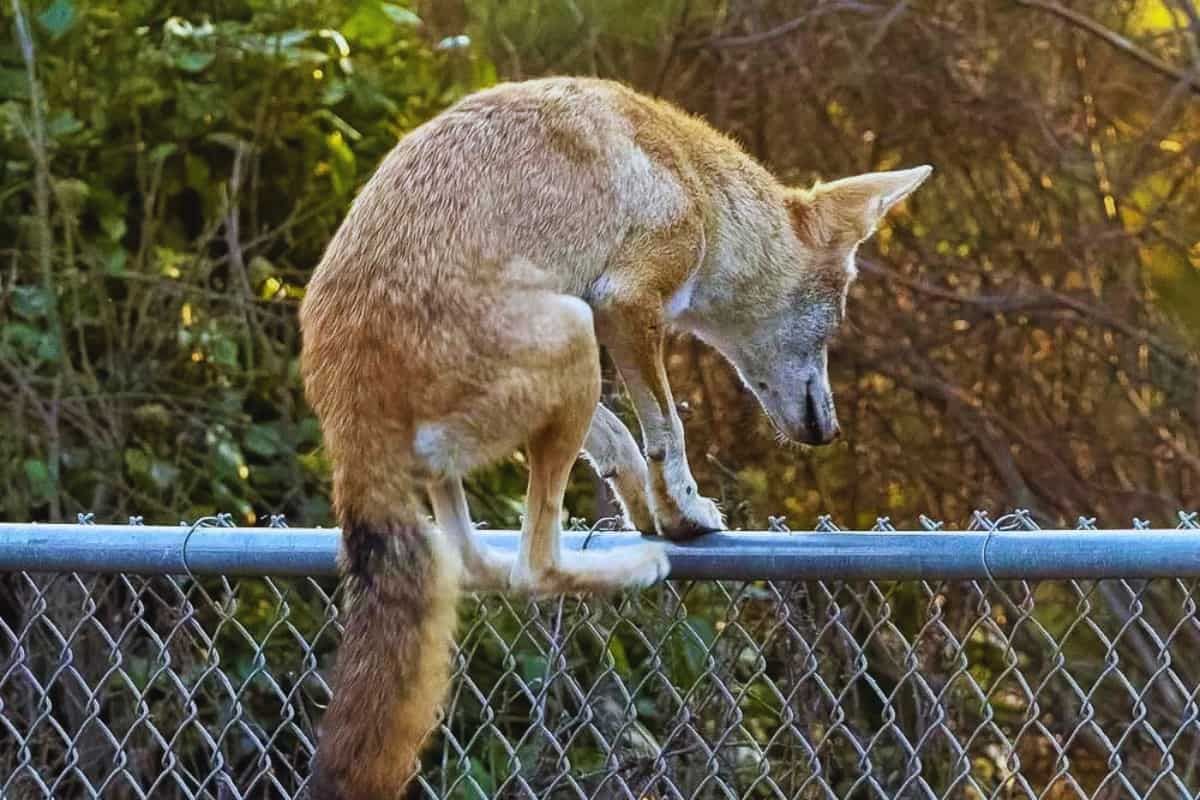

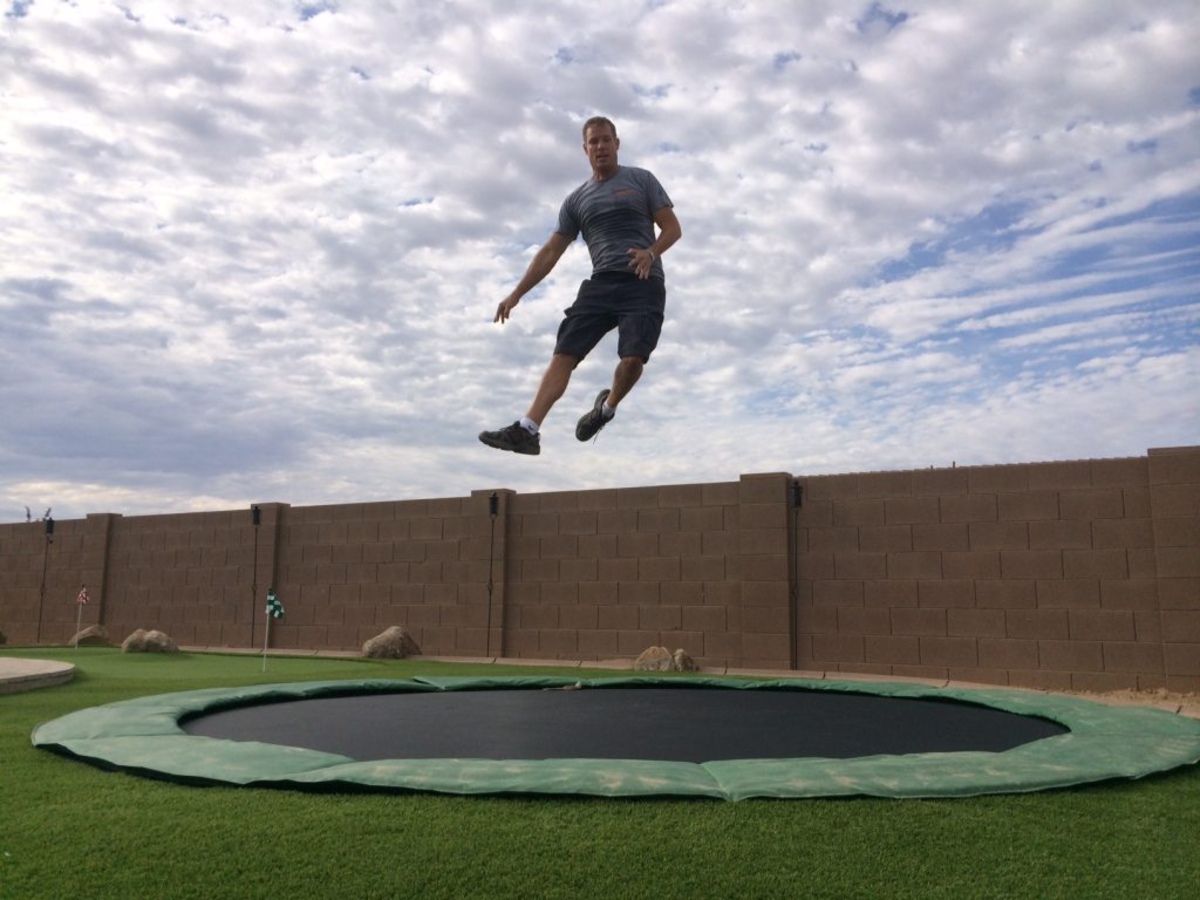
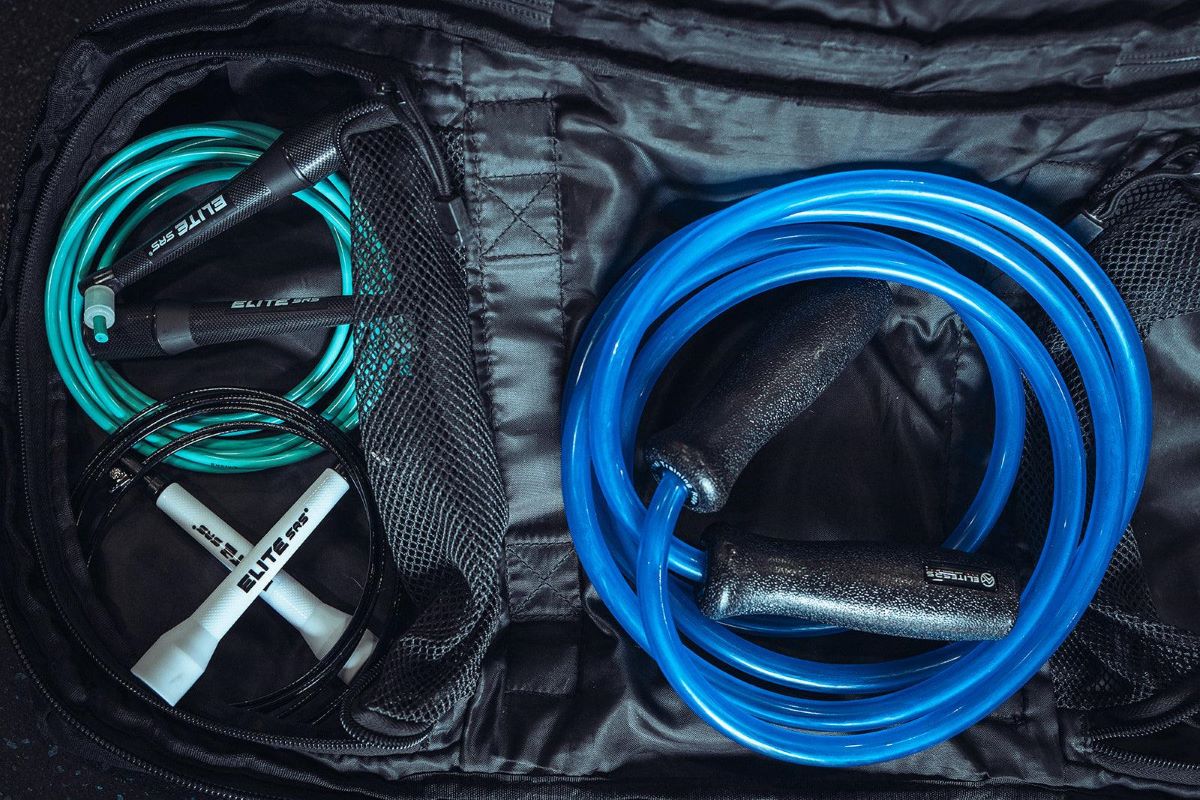

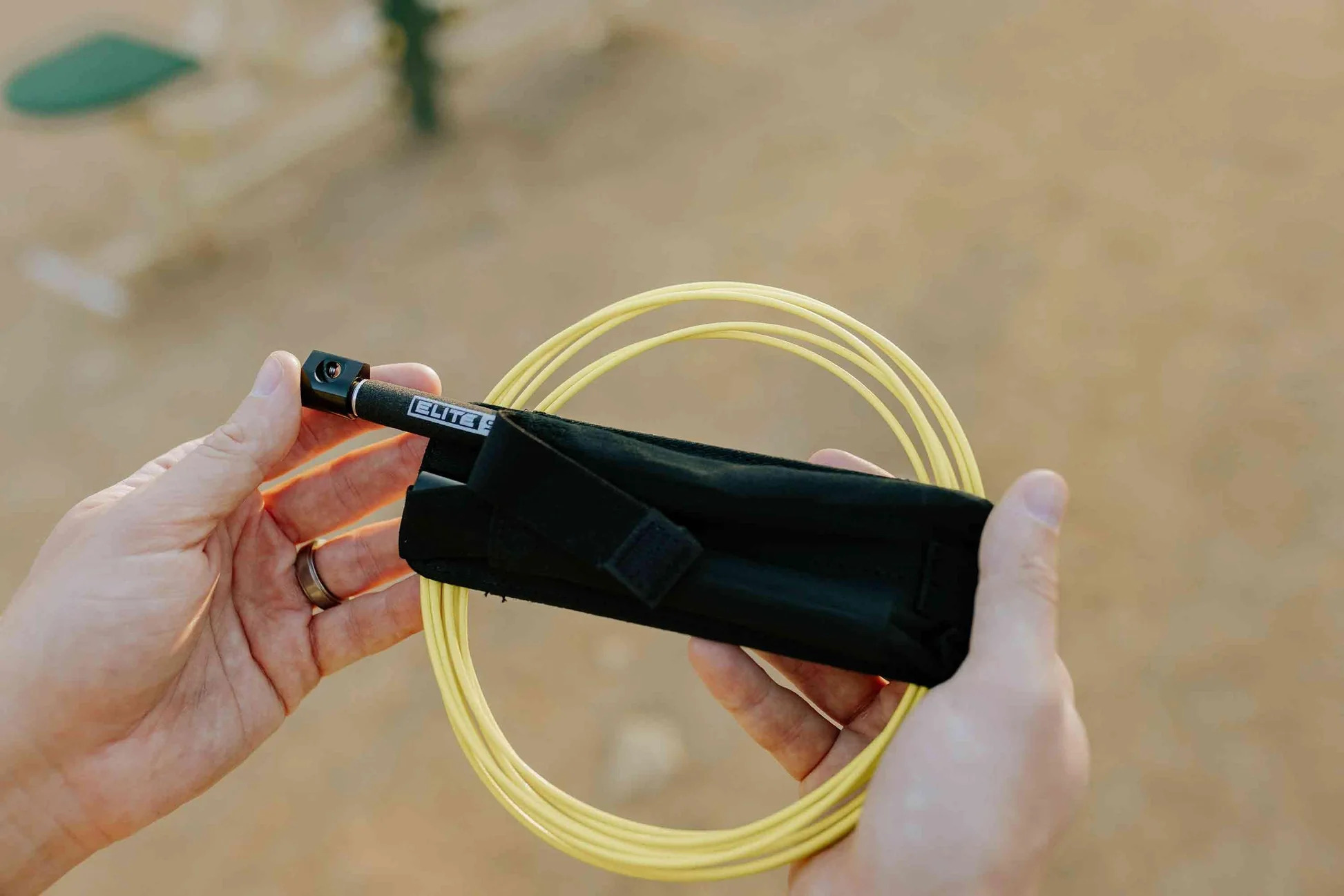
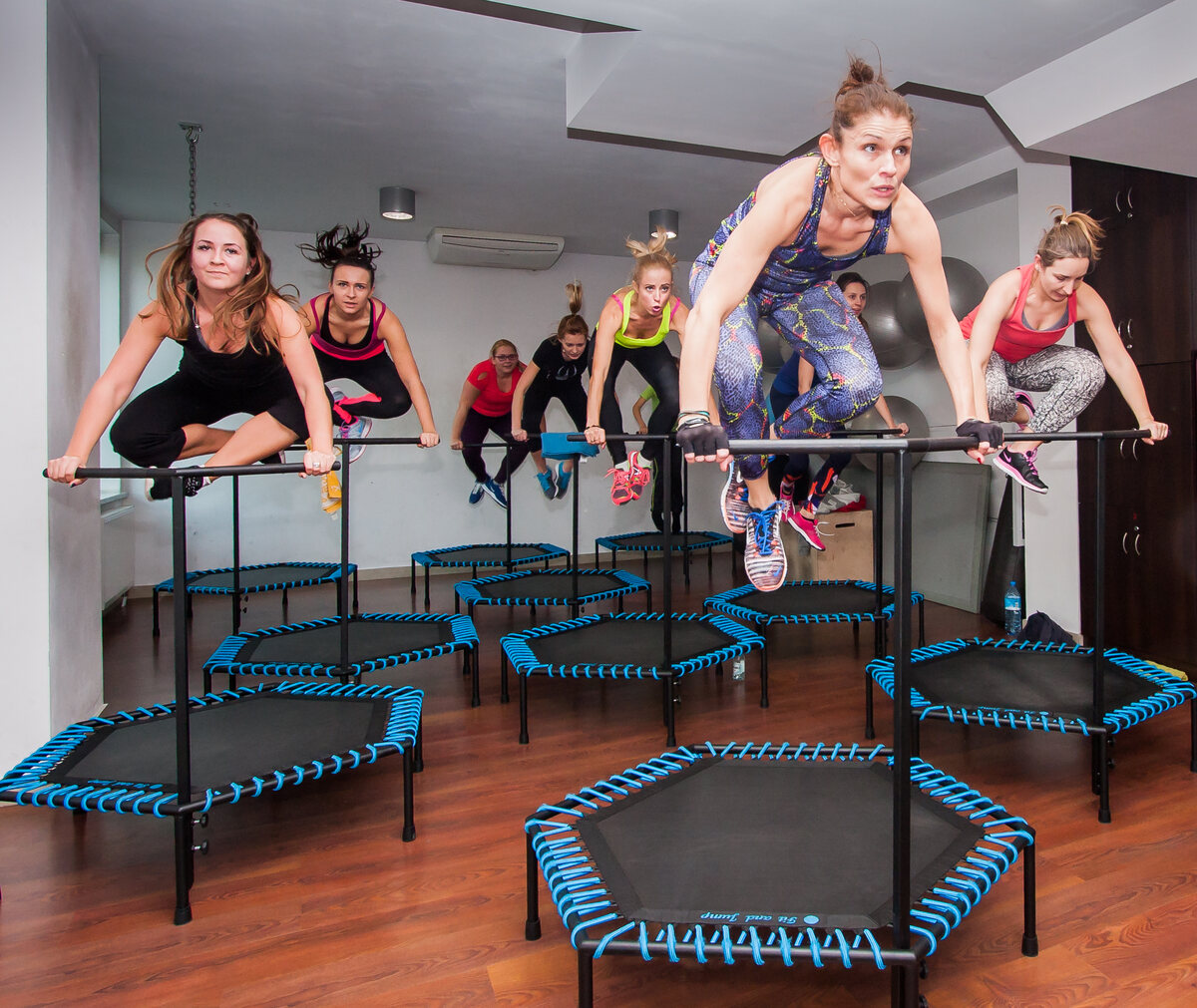
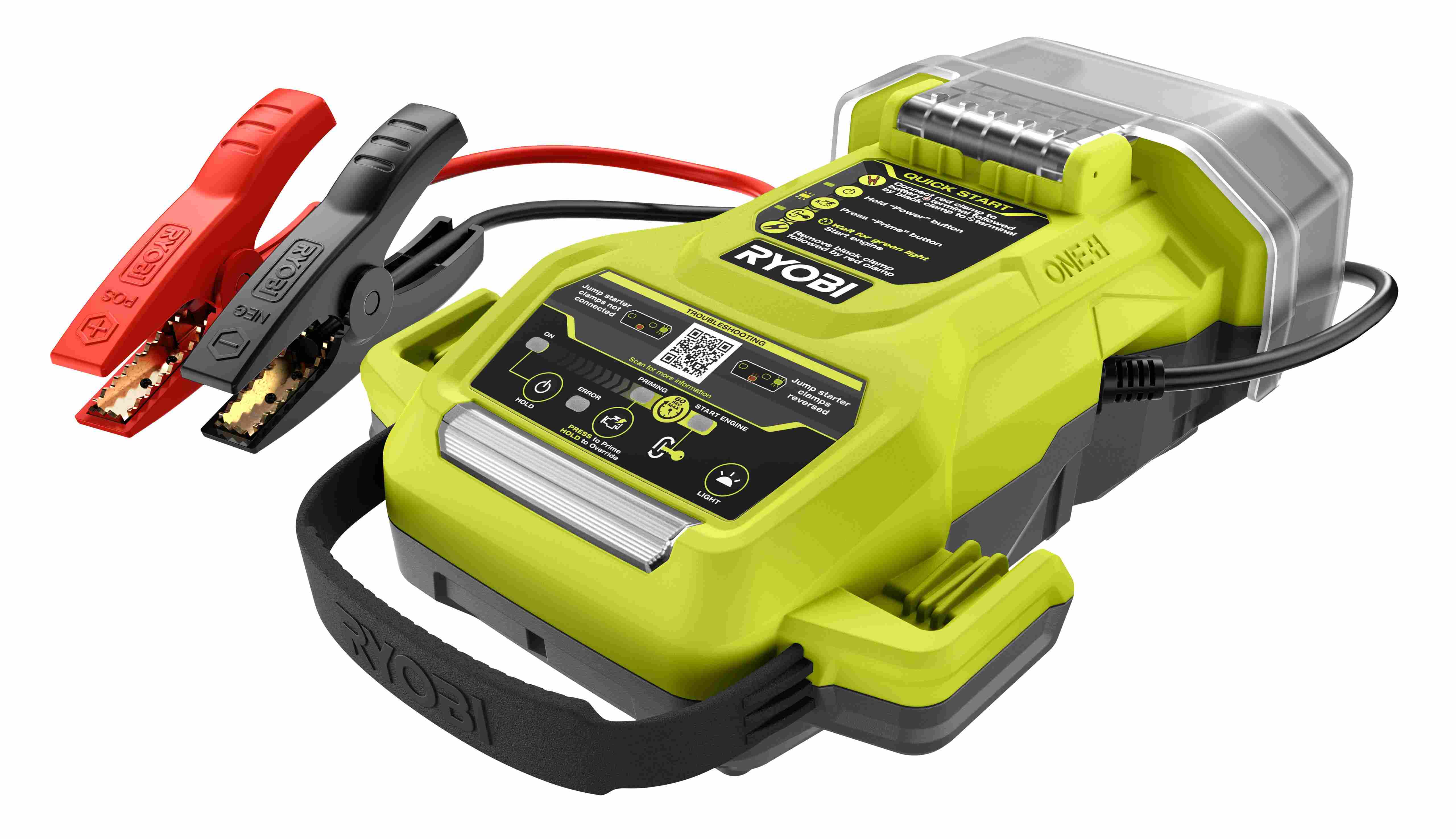



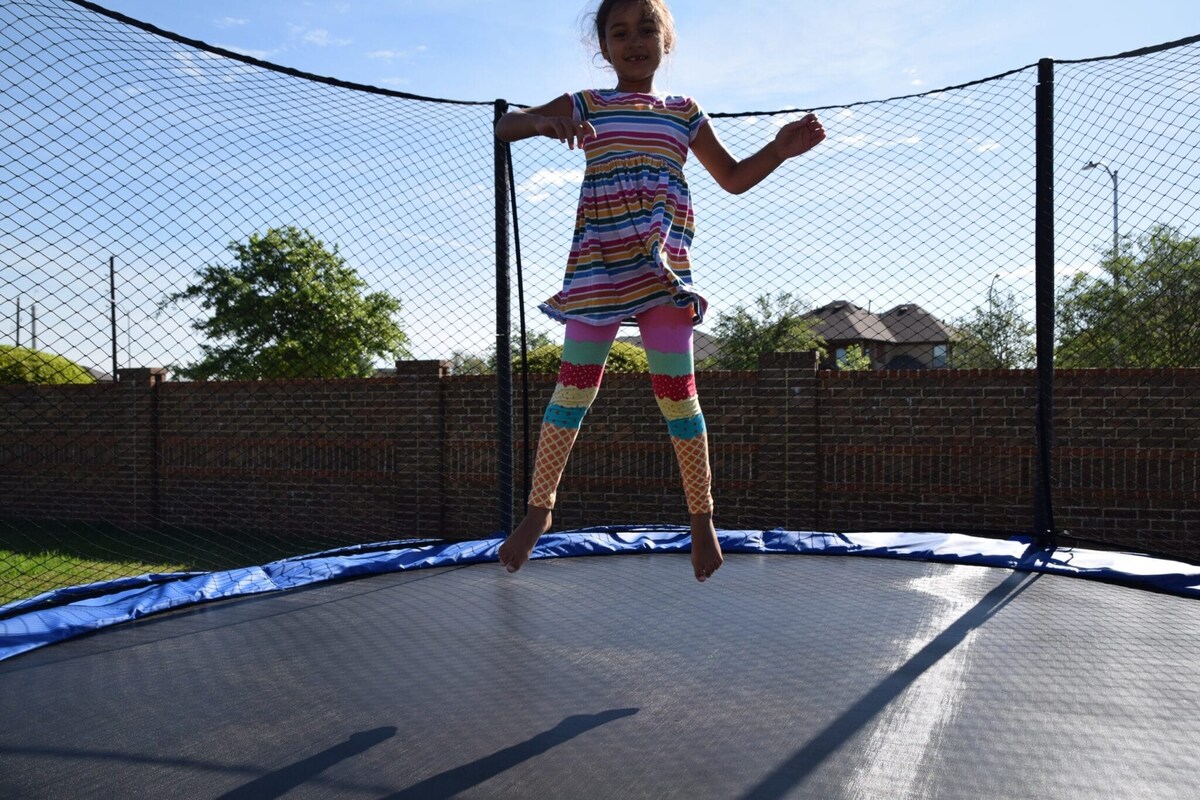
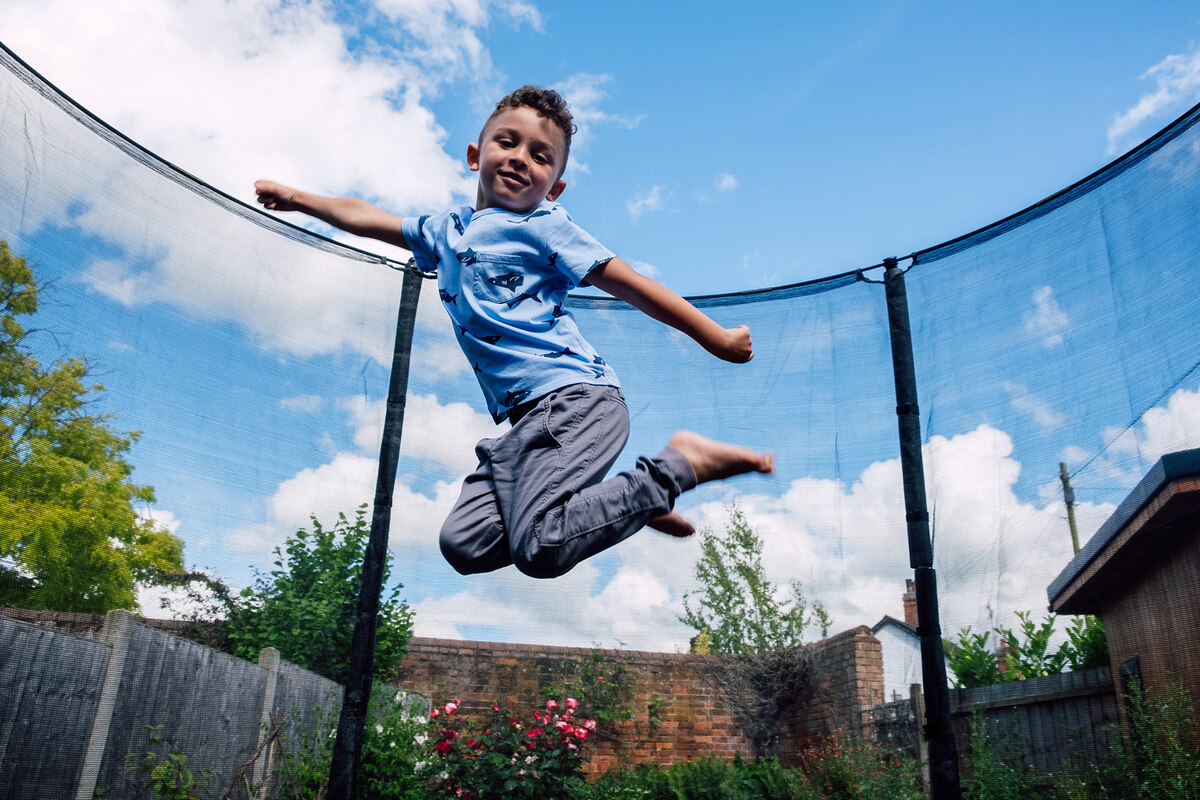

0 thoughts on “How To Jump A Fence”